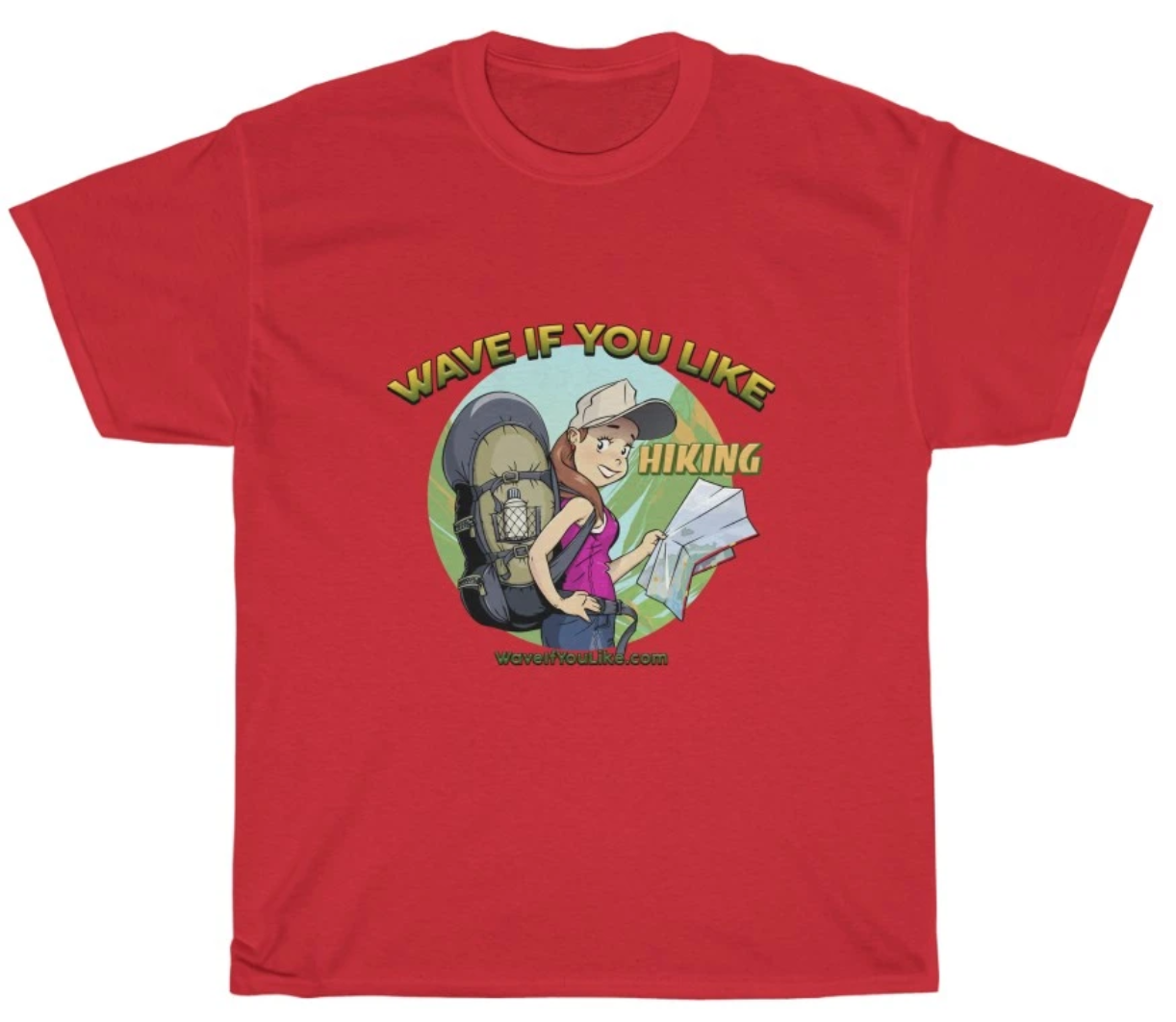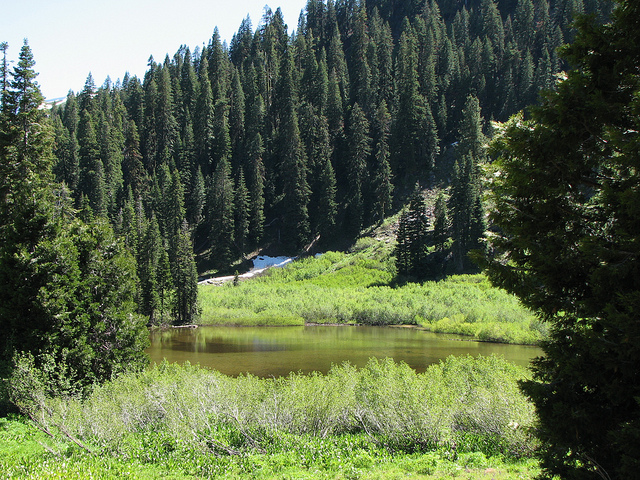Hiking Shirts and T-Shirts
No matter how much gear or layers of clothing you may take with you on your hike, one thing is nearly always consistent: you will wear some sort of a shirt either as your top layer or underneath other layers of clothing. This page aims to be a guide to the different types of shirts and materials that are best match for hike difficulty, terrain, seasons, and weather of your hikes.
The ComeHike Hiking Shirt
On our site, we are working on having our own cool hiking shirts. It is fun to go on a hike, and wear a shirt that actually has to do with hiking. It is sure to spark conversations and make the hike even more social. Buying a shirt from us is also a good way to get something useful for yourself, and help support our efforts in bringing the outdoors and outdoor education to more people. We will definitely appreciate it.
Shirt Colors
Typically, the amount of sunlight and general temperature dictates the color of the shirt you should be wearing while outdoors. If it is already hot, and you don't want any more sun, you should wear a white, or a very light-colored shirt. If you want to attract more sunlight as is typically the case in chilly weather, wear a black or dark-colored shirt so that you can get a little bit more sun. The change in whether you are attracting the sun or getting less of it can add or subtract how you feel by a few degrees.
If the weather is not a concern, the next thing you want to consider is that since you will be outdoors, you have a pretty high chance to get dirty. Pure white or black shirts tend to have the most visible stains or marks. A good color to hide patches of dirt or other blemishes is something like a dark gray color.
Shirt Materials
When thinking about what kind of material your shirt should be made out of, consider the weather, and the kind of hike you will be going on in terms of length and strenuousness. On short walks or hikes, you just want something that fits comfortably. On longer trips, your shirt's ability to withstand moisture or dry up becomes more important. Various synthetic materials are commonly used in athletic clothing to help withstand moisture or at least not have the moisture build up in your clothing and weigh you down.
Synthetic materials such as polyester and microfiber-based fabrics do not absorb moisture. If the shirts are high quality, they may also provide protection against various bacteria, and also help reduce odors. If you are hiking in an area where there are many insects and mosquitos, you may want to look into getting a shirt made to repel insects. Believe it or not, good old wool is actually pretty good at not absorbing the moisture. But wool can be itchy and not too comfortable. It is not the best choice for the layer of your clothing that touches your skin as over time it may cause your skin to develop irritation. Cotton tends to be a very popular material because it is practical for a number of reasons. The material is pretty cheap so cotton shirts tend to be the cheapest and most easily replaceable in case the shirt gets dirty beyond any kind of cleaning, or torn beyond repair. The problem with cotton is that it does absorb moisture easily, and dries slowly. Cotton is better suited for the middle layer.
The Shirt as One of the Layers
If you are hiking in cold, windy, or chilly weather, your shirt is probably just one of the layers. If it is one of the layers, what becomes important is how it fits on your body. The shirt must fit pretty tight. That way it will allow the minimum heat to escape from your body. That is especially important on longer trekking trips, or trips like show shoeing where part of the trip is a battle against the elements.


